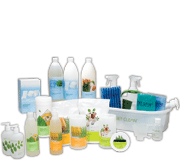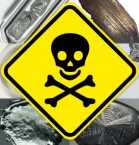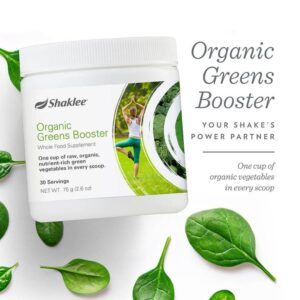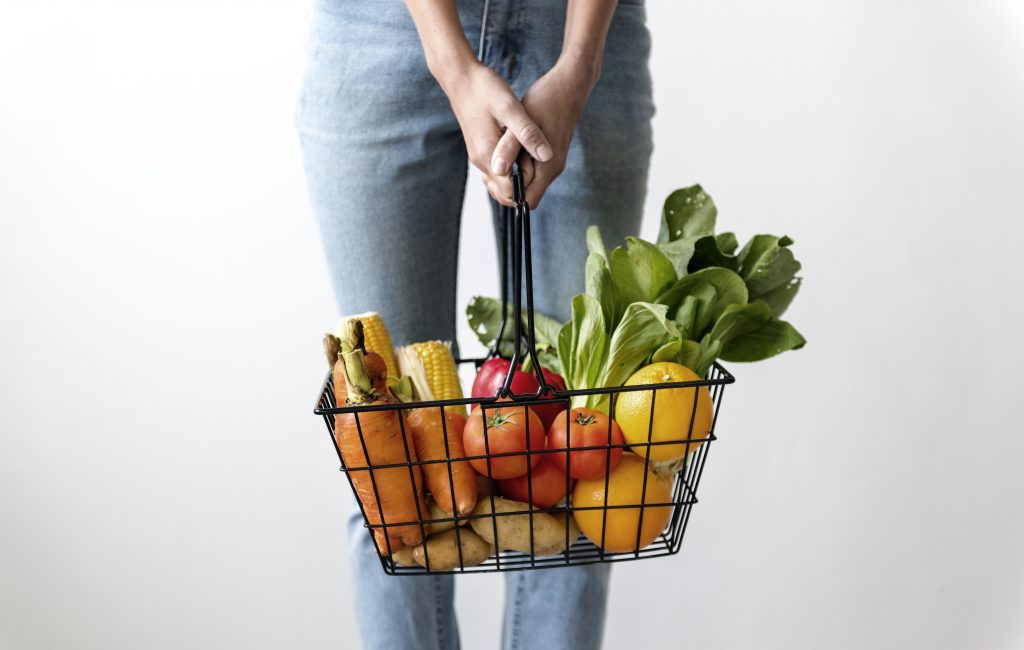The harsh chemicals found in most common household cleaning products are bad for the environment…and bad for you and your family. The phosphates, nitrates, and borates in detergents essentially “kill” lakes and streams by causing algae to grow out of control. Not only do they “kill” our waterways, they also are injurious to people. This blog is going to focus on the waterways and the pH balance and what we can do to protect our waterways.
The measurement of pH is a measure of the amount of hydrogen ions (H+) present in a substance such as water. Knowing the amount of hydrogen allows us to measure of how acidic/basic the water is. The scale ranges from 1 to 15, with low values less than 7 being acidic and high values greater than 7 being alkaline. Our waterways of freshwater lakes, ponds, streams and rivers usually have a pH of 6-8.
Let’s consider the pH of chlorine beach: pH 11 to 13, ammonia: pH 11 to 12, oven cleaner: pH 11 to 13, toilet bowl cleaner: pH 1 to 3, tub and tile cleaner: pH 11 to 13. As you can see besides the toxic ingredients, the pH is “killing” our waterways.
Since there is more awareness around the harm that these chemicals in cleaning products are doing to our waterways and to us, there is a movement towards using less harmful substances. The ones we hear about many times are vinegar and baking soda. People are making their own concoctions and maybe even adding in an essential oil.
Vinegar is natural, but the chemical nature of vinegar is an acid. Once you rinse vinegar down your drain, it makes its way into the waterways and that acid is not good for aquatic life. The pH level of vinegar is between 2 and 3. The same with baking soda except it is the other end of the pH spectrum. Baking soda has a pH of 9. Again, not good for aquatic life. Unfortunately, we can’t measure the pH of essential oils as they are not a water base.
Let’s just think of a fish tank for a moment. Would you put any of these substance’s residue into your fish tank? You would see very quickly; your aquatic life would be in danger. So too, the larger waterways.
What to do to protect our waterways?
Many years ago, a Dr. Shaklee coined the word biodegradable. He developed a line of cleaners that biodegrade with 30 days, back to earth-friendly elements. The flagship product is known as Basic H.

Get Clean environmentally safe products
Basic-H is non-flammable and contains no volatile chemicals, ammonia, acids, alkalis, solvents, phosphates, chlorine, nitrates, borates. or other harsh ingredients. That means Basic-H is safe to use around children, pets, and plants. Because it’s biodegradable and non-polluting, Basic-H is also safe to use in areas where gutter runoff goes straight to waterways. It will not harm the waterway’s ecosystem.
Basic-H has a pH between 6 and 7 — about the same as your skin and our waterways. Plus, Basic-H contains no added fragrance and is virtually odourless. The formula is derived from corn and coconut surfactants. The genius of Basic-H is that it makes water — the “universal solvent” — penetrate dirt and grime quickly and then rinses away easily, leaving no toxic residue. Intensely concentrated, Basic-H’s cleaning power is unleashed when it is diluted in water to the strength required for the cleaning job at hand. (Ask for the list of uses)
Not only do you save money when you use concentrated Basic H, but you also drastically reduce the amount of packaging you’d have to throw away. For less than the cost of vinegar and baking soda, you get your house really clean without harming your family or our waterways.
There are other cleaning products in the Get Clean line just as safe as Basic H. If one million of us switched to Get Clean, it would have a monumental impact on our waterways. Please join me in protecting our waterways for our future generations.
For more information on this topic, you can check out my other blogs.
To your good health!
Charlene





